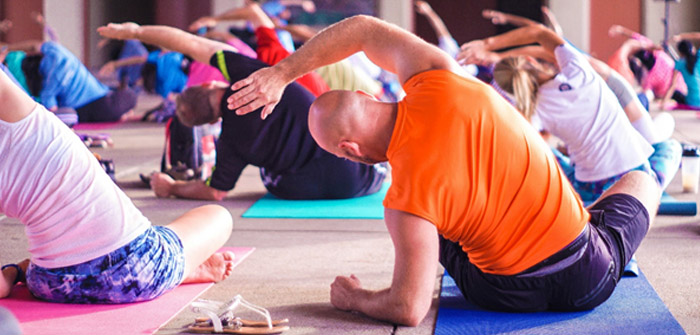In the ever-evolving landscape of healthcare, rehabilitation services are witnessing a remarkable transformation, thanks to the advent of cutting-edge technologies. These innovations are not only enhancing the quality of care, but also offering newfound hope and improved outcomes for patients undergoing rehabilitation. From virtual reality to wearable devices, and from artificial intelligence to advanced management software, the future of rehabilitation is here.
In this blog post, we delve into the technologies that are reshaping rehabilitation services, making them more effective, accessible, and personalised than ever before.
Virtual Reality (VR) and Augmented Reality (AR)
Virtual Reality and Augmented Reality are revolutionising the way rehabilitation is conducted. VR immerses patients in a computer-generated environment where they can practice real-world skills in a safe and controlled setting. This is particularly beneficial for stroke survivors and patients with neurological disorders, as it allows them to engage in repetitive tasks that aid in the recovery of motor skills and cognitive functions. AR, on the other hand, overlays digital information onto the physical world, assisting patients in relearning daily tasks and improving their mobility and coordination.
Wearable Technology
Wearable devices are playing a pivotal role in monitoring patient progress and providing real-time feedback during rehabilitation. These devices, equipped with sensors, track movements, monitor vital signs, and collect data on a patient’s physical activity. This information is invaluable for healthcare providers to customise treatment plans and for patients to see their progress, motivating them to adhere to their rehabilitation regimen.
Robotics and Exoskeletons
Robotic devices and exoskeletons offer groundbreaking possibilities for individuals with mobility impairments. These technologies support or enhance the movement of limbs, enabling patients to perform tasks they previously couldn’t. For individuals recovering from spinal cord injuries or strokes, robotic exoskeletons can be life-changing, facilitating walking and movement, reducing dependency, and significantly improving the quality of life.
Tele-rehabilitation
Tele-rehabilitation has emerged as a game-changer, especially in the wake of the COVID-19 pandemic. It allows patients to receive high-quality rehabilitation services remotely, breaking down geographical barriers and making healthcare more accessible. Through video conferencing, wearable technology, and digital platforms, patients can connect with their healthcare providers, receive guidance, and perform prescribed exercises from the comfort of their homes.
Artificial Intelligence (AI) and Machine Learning
AI and machine learning are at the forefront of personalising rehabilitation. By analysing vast amounts of data from various sources, these technologies can predict patient outcomes, recommend personalised treatment plans, and even assist in diagnosing conditions. AI-driven chatbots and virtual assistants can provide 24/7 support to patients, answering questions, reminding them of their exercises, and offering motivational encouragement.
Allied Health Practice Management Software in Australia
An integral component supporting these technological advancements is allied health practice management software in Australia. This software streamlines the administrative and clinical processes, enabling healthcare providers to focus more on patient care and less on paperwork. From scheduling appointments and processing payments to managing patient records and analysing treatment outcomes, this software enhances efficiency and improves the delivery of rehabilitation services. By integrating with other technologies, such as wearable devices and tele-rehabilitation platforms, it provides a comprehensive solution that supports the entire rehabilitation journey.
Final Thoughts
The landscape of rehabilitation is undergoing a profound transformation, driven by technological innovations. These advancements are not only making rehabilitation more accessible and efficient, but are also personalising the care to meet the unique needs of each patient. As we continue to embrace these technologies, the future of rehabilitation looks promising, offering new possibilities for recovery and independence.




